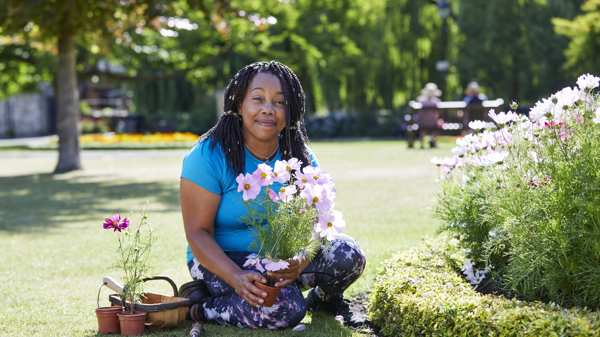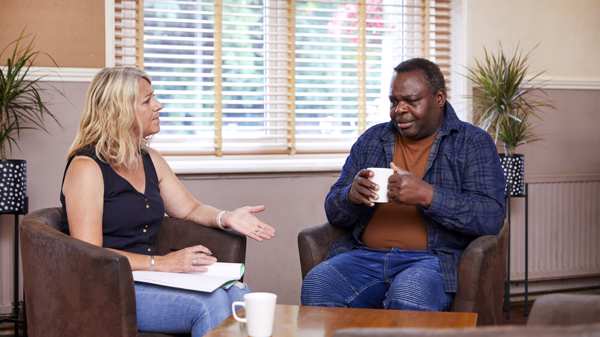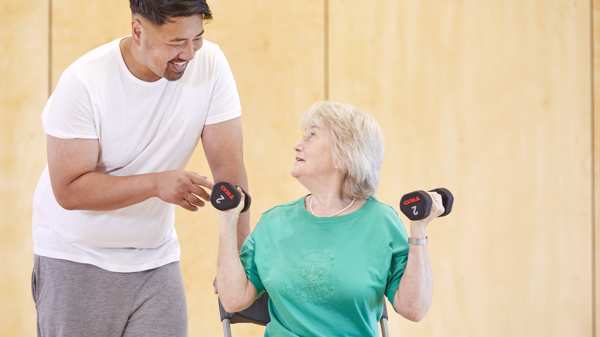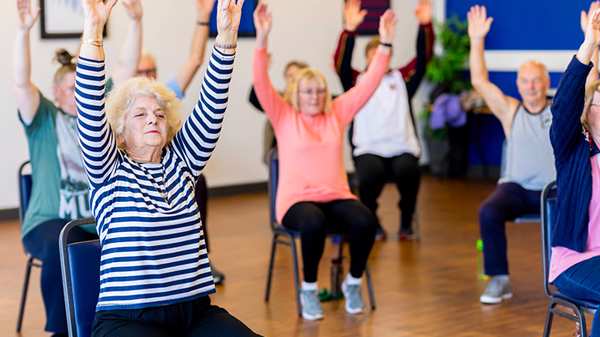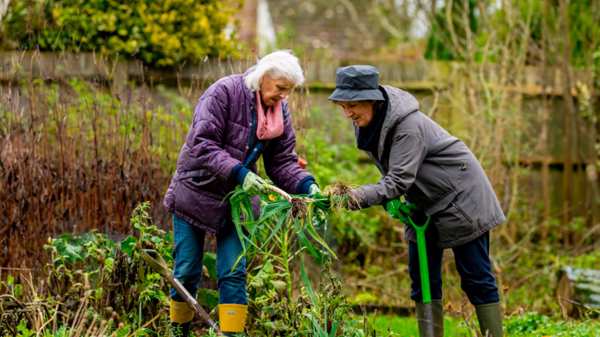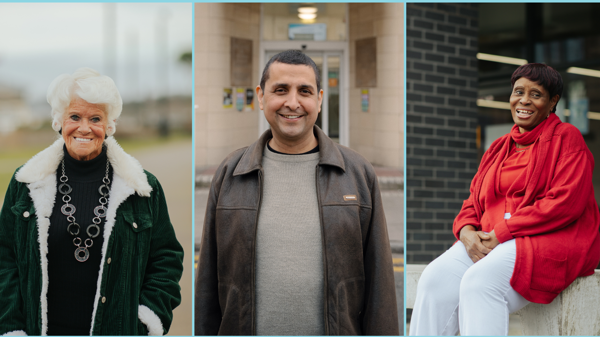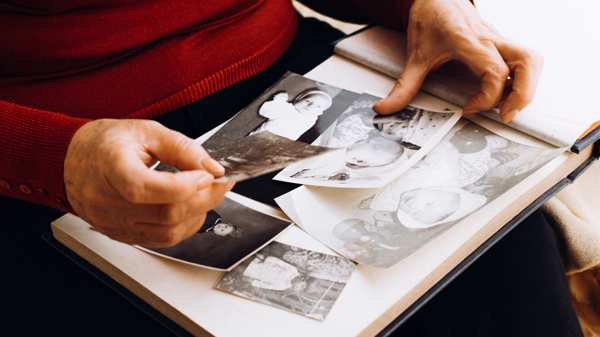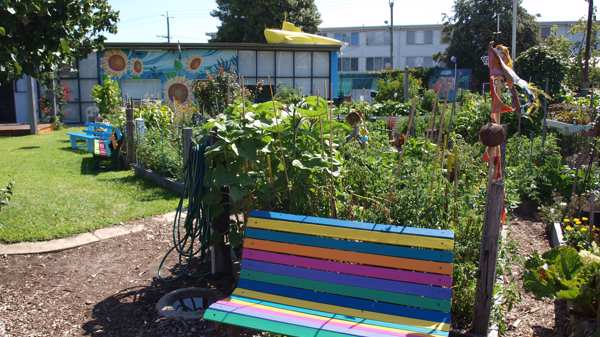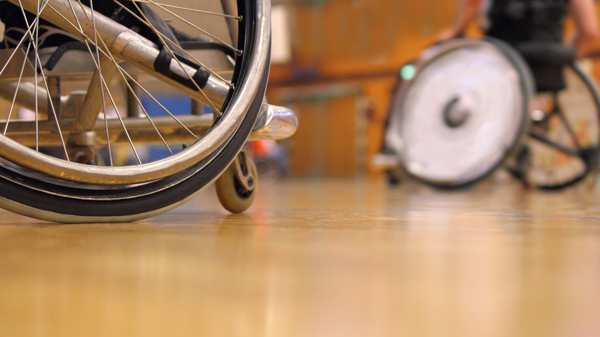Many things that affect our health can’t be treated by doctors or medicine alone.
Like loneliness, debt, or stress due to financial pressures or poor housing.
Social prescribing connects people to non-medical support to address these issues and other unmet needs.
This could involve a Social Prescribing Link Worker or an equivalent role:
- Helping someone who is isolated join a befriending group, an art class or a community gardening project, based on what works for them.
- Connecting someone struggling with financial stress to a service that helps with managing debt or claiming benefits.
- Supporting someone with dementia to join a dementia choir, enabling them to maintain a sense of social connection.
- Working with someone with high blood pressure to take up a form of exercise that they’re comfortable with.
Social prescribing can help change the circumstances that can make people unwell. It can empower people to manage existing health problems, to get the right benefits or get back into employment. It can help people to connect and to grow in confidence.
Types of Social Prescribing
Socially prescribed activities often fall into five main categories. To find out more about the different types of social prescribing, what they involve, and the evidence for them, visit the pages below.


